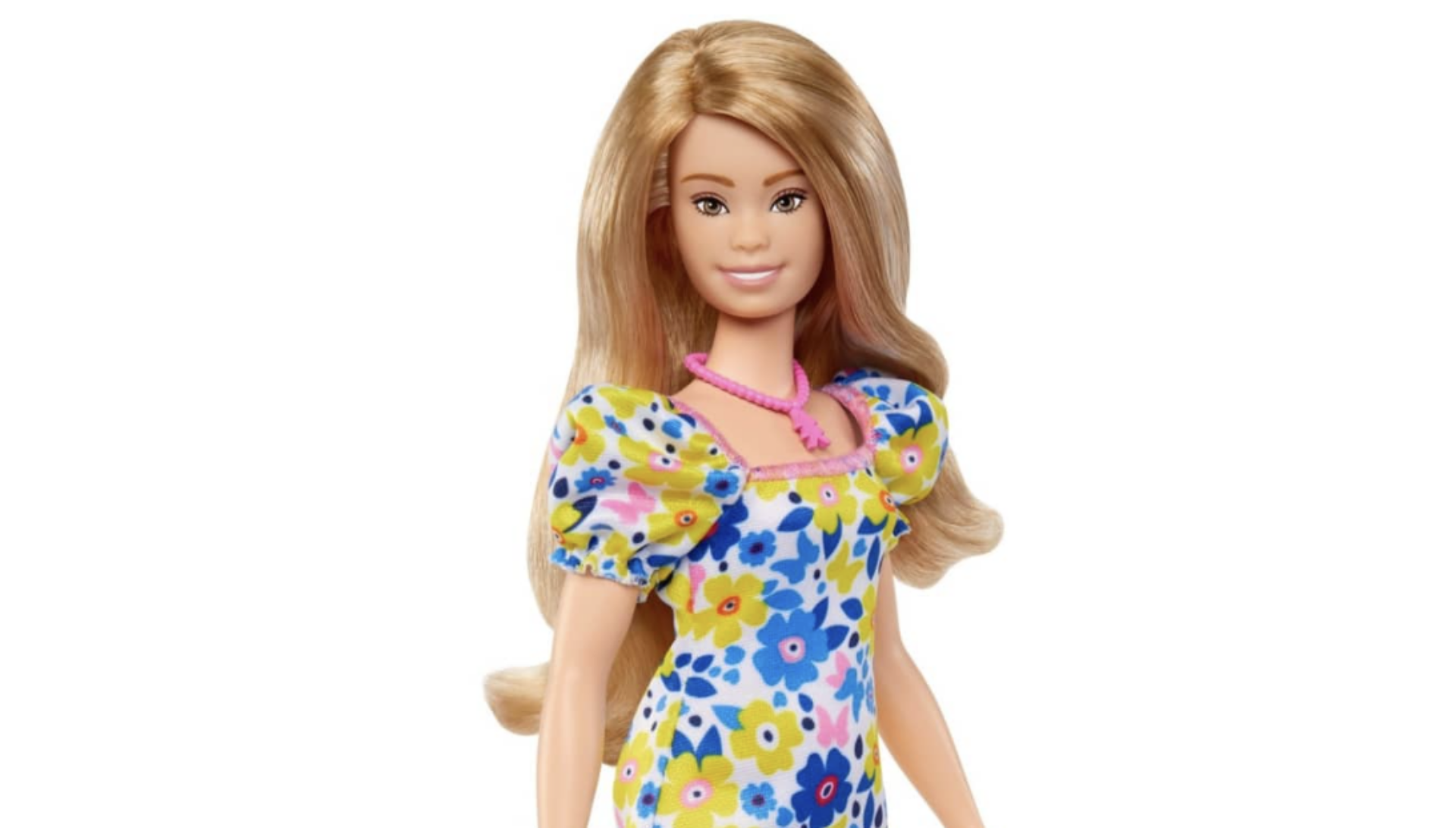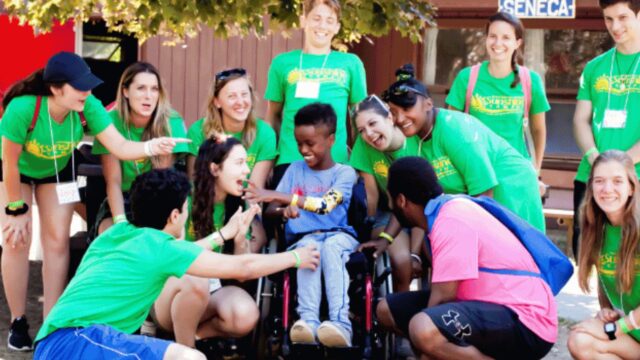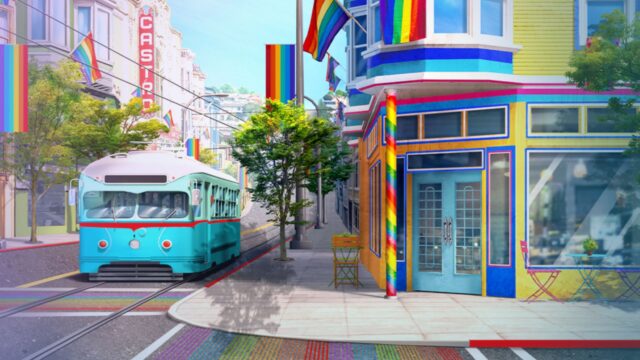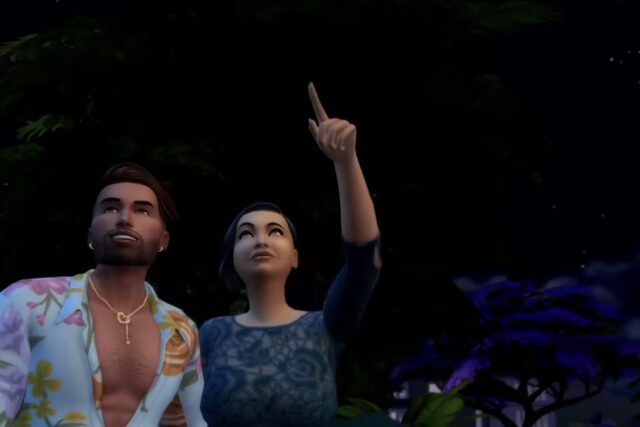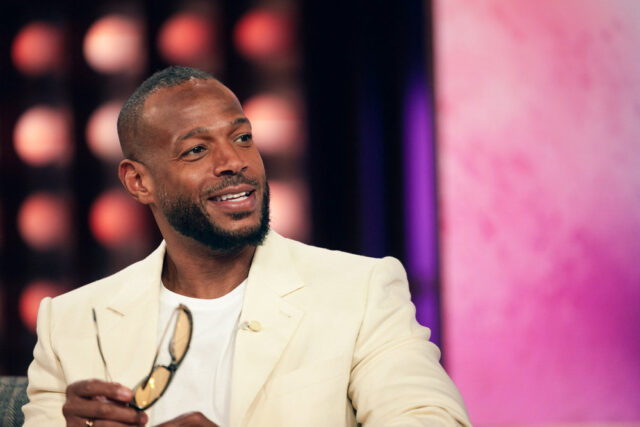Barbie with Down Syndrome Unveiled in New Doll

In a historic inclusivity attempt to represent all women, Mattel has launched its newest doll: a Barbie with Down syndrome.
Mattel has always faced criticism for its Barbie doll. From its initial launch in the ’50s being deemed “too sexualized,” to the feminist condemnation in later decades finding fault with the doll’s unrealistic beauty standards, Mattel has been attempting to distance itself from criticism for years now. Their newest attempt to diversify the doll is their Barbie with Down syndrome. Head of Barbie Lisa McKnight stated that she hoped the doll would “teach understanding and build a greater sense of empathy, leading to a more accepting world.”
The first major inclusivity campaign Mattel offered was in 2016 when they launched a line of Barbie dolls with diverse figures for the first time. This line was considered historic by consumers, and Time Magazine even called it “the biggest change in Barbie’s 57-year history.” This change followed a bleak drop in sales, according to an NPR interview.
Mattel also emphasized the importance of racial diversity, producing Asian, Latine, and Black Barbie dolls, and according to the same NPR interview, “it’s the most diverse doll line in the marketplace.” But the diversity didn’t stop with racial inclusivity and body acceptance – the brand took it a step further, later releasing a line of disabled Barbie dolls in 2022. Dolls in this line have vitiligo, prosthetic legs, hearing aids, and even a wheelchair.
Now, Mattel seems fully committed to its mission of representing all women. The company announced the launch of its Barbie doll with Down syndrome on Instagram, where the doll seemed to be a take on the classic Barbie model.
Mattel even worked alongside the National Down Syndrome Society (NDSS) to produce the doll, being careful to represent people with Down syndrome thoughtfully and respectfully. The doll has shorter, rounder, and smaller features, and a single line on her palm. However, the doll’s physical features aren’t the only carefully considered aspects of it. The doll’s outfit holds subtle symbolism of the community, from the colors of the clothing to a “chevron necklace representing the three copies of the 21st chromosome,” Barbie stated in their post. According to the BBC, Mattel’s goal was for “all children to see themselves in Barbie.”
Mattel’s Barbie with Down syndrome will be included in its Fashionista Barbie line. The doll was featured on Good Morning America, where a first look was given.
FIRST LOOK: Barbie unveils first-ever doll with Down syndrome!@Mattel partnered with the National Down Syndrome Society for the addition to the @Barbie Fashionista line. https://t.co/so3PcOsiiX pic.twitter.com/wKejFtFR54
— Good Morning America (@GMA) April 25, 2023
On the show, NDSS CEO Kandi Pickard and President Kayla McEwen shared that portraying women with Down syndrome as fashionable was an “important” step, especially in terms of acceptance. Pickard worked closely with the brand, and spoke out on the doll, stating that “this means so much for our community, who for the first time, can play with a Barbie doll that looks like them.”
The launch of this doll comes during hype for the upcoming Barbie movie where Margot Robbie will portray the iconic character, building on excitement for the brand. Between the new film, the rise of the “Barbie-core” aesthetic, and the doll, Barbie’s popularity seems to be at an all-time high this year.
Mattel’s Barbie with Down syndrome is now available on Amazon.

Writer | Tweet me @avadlpn

